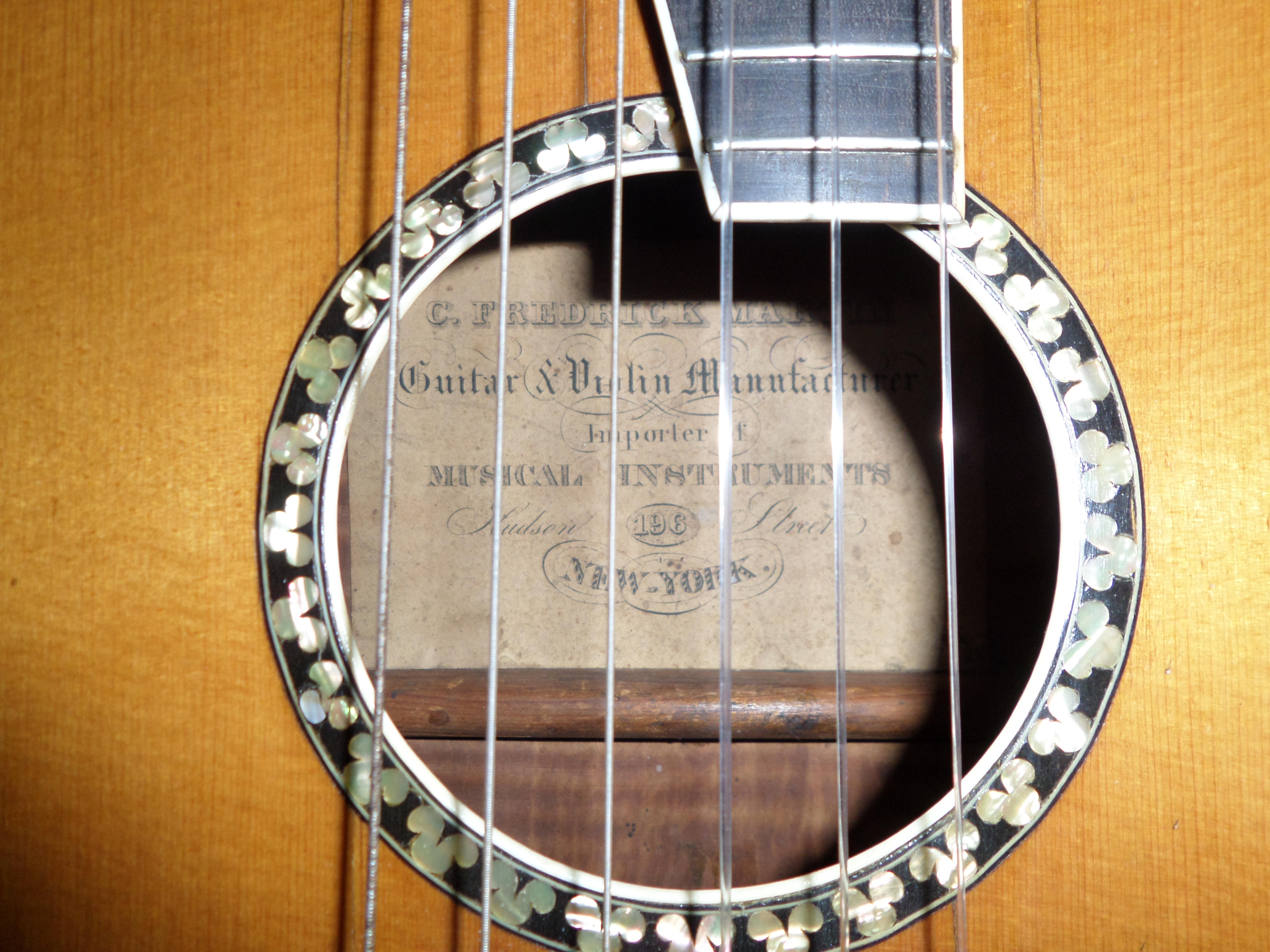
- WHERE IS THE MARTIN GUITAR SERIAL NUMBERS HOW TO
- WHERE IS THE MARTIN GUITAR SERIAL NUMBERS SERIAL NUMBERS
- WHERE IS THE MARTIN GUITAR SERIAL NUMBERS SERIAL NUMBER
The first numbers or letters you see indicate the body shape followed by their style number. Martin Guitars are numbered by body and shape.
WHERE IS THE MARTIN GUITAR SERIAL NUMBERS SERIAL NUMBER
You will want to look inside the soundhole and look in the direction of the neck, here you will find the serial number and model of the guitar.
WHERE IS THE MARTIN GUITAR SERIAL NUMBERS SERIAL NUMBERS
The serial numbers on a Martin guitar can be located on the neck block. Where is the Serial Number on a Martin Guitar? Yes, one of the key identifiers of a true, authentic Martin guitar is the serial number. Do all Martin Guitars Have Serial Numbers?
WHERE IS THE MARTIN GUITAR SERIAL NUMBERS HOW TO
The most asked questions about how to identify a counterfeit Martin guitar. This is one feature of Martin guitars that counterfeit designs have not been able to copy. The Stain of a Mahogany neck will be a deep, dark color. Other Key Features of Martin GuitarsĪuthentic Martin guitars use mother of pearl in their logo, which has a sparkle to it that cannot be duplicated. On a counterfeit model, you may see color disfiguration on the neck dot markers, alerting you to a fake.

The bridge plate of an authentic Martin has a solid piece of wood right underneath the bridge. Martin guitars have rounded off corners with the bridge saddle fitting tight, a counterfeit model will have sharp edges which have been crudely cut. The finish of the bridge saddle will not seem to fit consistent with the guitar. The color should be consistent in both locations, if they appear different this means the wood is, in fact, laminate and not solid. You can tell the wood is laminate by looking at the inside and outside grain color. Knockoff models are made with inexpensive laminate wood. If the bodywork looks to be poorly made, you’re looking at a fake. Brand MarkingsĪlthough you may initially think the guitar features the correct label for the brand or interior markings, upon closer inspection, you will see some abnormalities. SoundholesĪ counterfeit Martin guitar may feature very crudely cut soundholes, a real authentic model will feature smooth edges and shapely forms in the sound holes.

Real Martin guitar finishes have a smooth and deep look to their finish. If your guitar looks too shiny with grain lifting or you notice grainy streaks in its finish, chances are your guitar is not real, and you have your hands on a knockoff. Take a look at these features when trying to identify a real Martin: The Finish If you want to see if your Martin guitar is real then the first thing thing you will want to do is check out the features of your guitar. In this article, we will be discussing the things you need to look out for to make sure your Martin acoustic guitar is the real deal. How do you know if the guitar you purchased thinking it was a Martin truly is the real deal and not a fake model? Because of their quality, this makes them a hot ticket item for counterfeiting. You may also wish to consult guitar price guides or Blue Books.Martin guitars are known for their superb build and their rich and unique sound. I have written an article which details sources for determining instrument's value here. Martin Shenandoah's are subject to the same warranty guidelines as other Martin guitars. These numbers correspond with Martin's standard serial number listing which applies to Martin guitars as well. Shenandoah guitars can be dated by the 6 digit serial number stamped on the neck block inside of the instrument.

Similar to their Martin counterparts, style numbers often denote materials or the "ornate-ness" of an instrument.the higher the number the more jewelry the girls got on. Prefixes commonly used to denote a style or option: Steel string, classical nylon string and 12 string Shenandoah's were available. The D-6032 which was made using Birdseye maple, the D-6732 which was Quilted Ash. There were other lesser known models as well. For instance, the Shenandoah D-1832, is a D-18 copy, the D-2832, a D-28 copy and so on. Shenandoah guitars were usually given the model number of the Martin guitar they resembled, superseded by the number 32. The practice of bi-continental production eventually met it's demise and Shenandoah's were produced entirely in Japan their final 3 years from 1994-1996.

In an attempt to offer lower priced instruments, Martin's line of Shenandoah guitars were built in Japan and then shipped back to the Martin factory in Nazareth PA for painting and final assembly. Nato wood necks were common, as well as rosewood fingerboards and bridges which were stained black to look like ebony.Īgain, these are generalities and may not apply to every single one produced. To my knowledge those assembled in the US (1993 and earlier) had solid spruce tops, laminated back/sides and finished with lacquer. Shenandoah guitars were produced from 1983 to 1996.


 0 kommentar(er)
0 kommentar(er)
